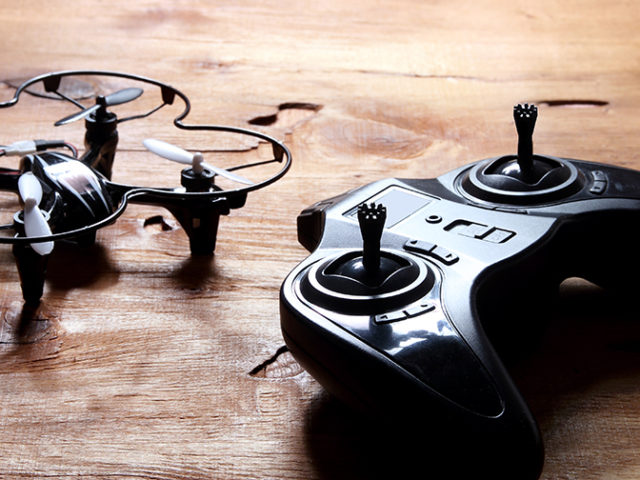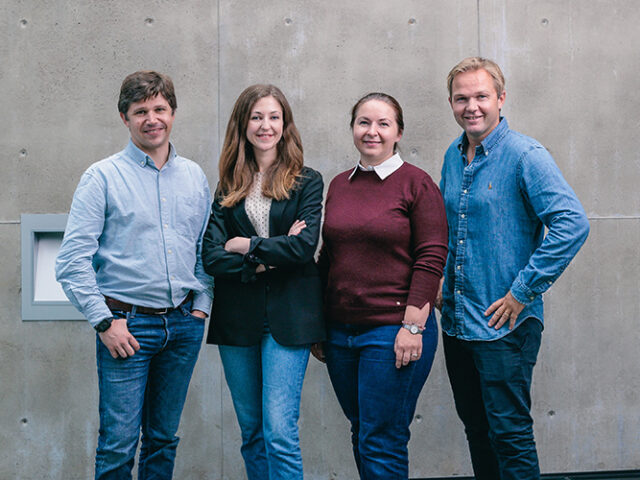For the first time, researchers have measured the effects of quantum fluctuations on an object at the human scale. In a paper published today in Nature, they report the observation that quantum fluctuations, tiny as they may be, can nonetheless “kick” an object as large as the 40-kilogram mirrors of the National Science Foundation’s Laser Interferometer Gravitational-wave Observatory (LIGO), causing them to move by an infinitesimal degree. The team was able to measure these minuscule movements.
The new study, led by MIT and including several researchers from the LIGO Laboratory headquarted at Caltech, was carried out at the LIGO Livingston Observatory in Louisiana.
It turns out that the quantum noise in LIGO’s detectors is sufficient to move the large mirrors by 10-20 meters, a displacement that was predicted for an object of this size by quantum mechanics, but had never before been measured. In order to measure this motion, the team used a special instrument they designed called a “quantum squeezer” to manipulate the detector’s quantum noise and reduce its kicks to the mirrors; by reducing the quantum noise, they were able to determine how much it contributed to the movement of the mirrors.
“It’s really impressive to see that squeezed light, a beam of light with just a handful of photons per second, can actually reduce the motion of these huge mirrors that weigh as much as a small person,” says co-author Sheila Dwyer, a Caltech scientist working at the LIGO Hanford facility in Washington. “At these frequencies, there are so many noise sources that cause the mirror to move, so it’s impressive that the impact is really clear in this result.”
Source:”Quantum Fluctuations Can “Kick” Objects on the Human Scale”, California Institute of Technology




